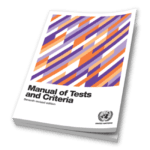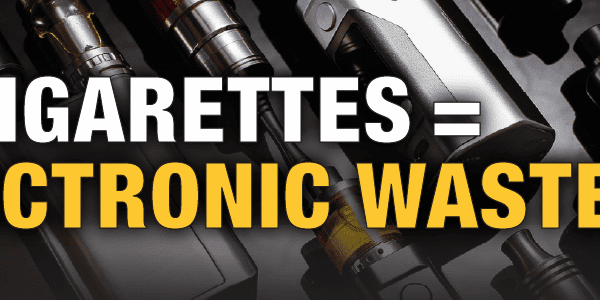
All dangerous goods are tested for something or another. There are specific tests and criteria to follow to find out if they meet the actual criteria outlined in the regulations. Flashpoint, being the most common, is tested to determine if it meets the criteria for hazard class 3, and if yes, what packing group.
The go-to source is the Manual of Test and Criteria (the other orange book), published by the United Nations.
Just like other dangerous goods, Lithium Batteries must also be tested. Manufacturers of lithium batteries are now obligated to test the battery per subsection 38.3. This test method became mandatory after a number of lithium batteries were found to be poorly made and resulted in many of the lithium battery fires.
Now that the testing is mandatory, the issue becomes getting the data to the end-user, the consumer, or downstream to the shipper. This was resolved by the United Nations creating a test summary (TS) document that must be made available. In fact, carriers may ask for proof of this information before they even accept a shipment.
To assist manufacturers and distributors, PHMSA has developed a draft guidance document to help understand and implement the requirement.
That document can be found here.
Still, have questions? Our Regulatory Experts are here to help.
Stay up to date and sign up for our newsletter!
We have all the products, services and training you need to ensure your staff is properly trained and informed.
 UN Model Regulations |
 Shipping Lithium Batteries Training Courses |





